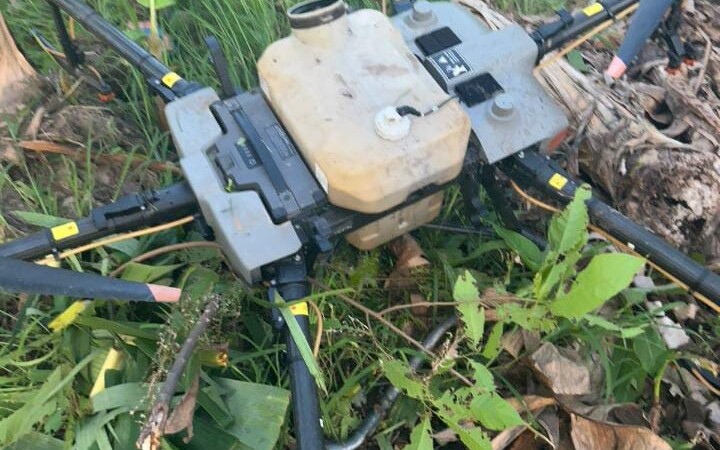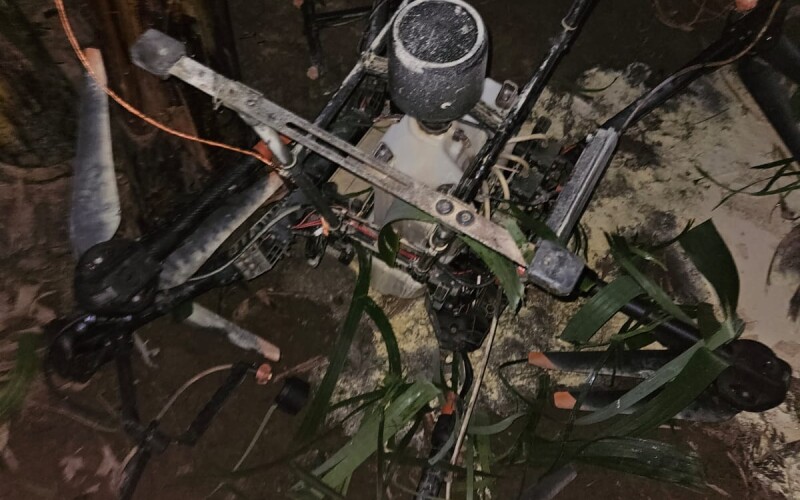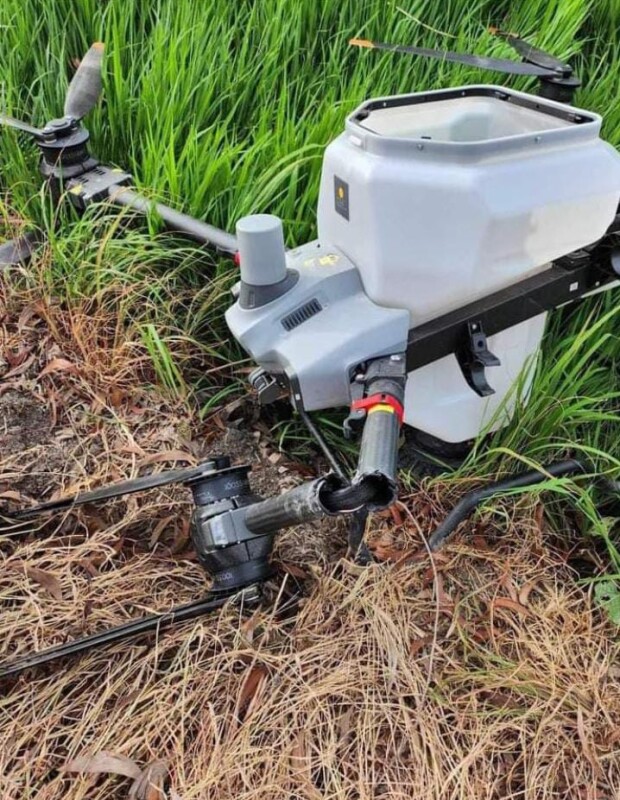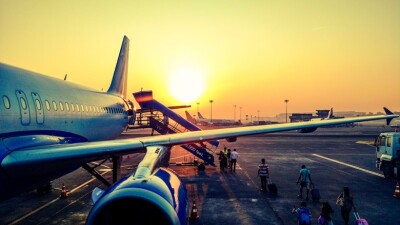One issue that is clear in the mind of every pilot, owner or operator of traditional aviation, a.k.a. piloted aircraft, is that appropriate insurance could be the difference between a successful operation and a demolishing bankruptcy.
Can we say that this is also the case with uncrewed aviation?
 In crewed aviation, the damages and financial consequences resulting from mishaps, incidents, and accidents are normally measured in millions of dollars, not thousands or hundreds of thousands. Perhaps the cost of the aircraft, the complexity of the ground operations, and the fact that there are people onboard make the consequences so onerous. But one thing is clear: without insurance, aviation would not exist.
In crewed aviation, the damages and financial consequences resulting from mishaps, incidents, and accidents are normally measured in millions of dollars, not thousands or hundreds of thousands. Perhaps the cost of the aircraft, the complexity of the ground operations, and the fact that there are people onboard make the consequences so onerous. But one thing is clear: without insurance, aviation would not exist.
Now that we have entered the era of uncrewed aviation, the argument must be made to pilots, owners, and operators of uncrewed aerial vehicles that the same applies to drones. Perhaps the scale is different and, most likely, the financial consequences are smaller, but the fact remains that, without insurance, conducting commercial aerial operations is the equivalent of attempting corporate suicide.
To better understand the industry of uncrewed aviation insurance, we reached out to an expert who has been involved in the business of selling insurance policies to drone operators since 2016. Nathaly Arango is a Zurich Insurance agent who decided a few years ago that this was the only sector in her industry that she was interested in, and she has specialized in understanding the drone industry and designing products to fit its developing needs.
We had a lengthy conversation with Nathaly during the recent Drone Summit Medellin, an event that she has been attending since its inception in 2018.
“It’s a long story, but in 2016, I heard for the first time about drones and immediately became fascinated by the possibilities that this nascent industry presented for my business,” Nathaly said. “I reached out to my broker and was told that the company didn’t offer a product for non-piloted aircraft. Imagine my disappointment, but instead of despairing, I began my research trying to find an insurance company that would offer such a product. I was determined to enter that market. I thought at the time that it was the future, and I was right.”
 In 2016, the concept of insurance for uncrewed aviation was as new as Part 107, which took effect in the summer of that year. It was the beginning of the massification of commercial operations, including delivery, agriculture, mapping, infrastructure inspections, and countless other sub-industries.
In 2016, the concept of insurance for uncrewed aviation was as new as Part 107, which took effect in the summer of that year. It was the beginning of the massification of commercial operations, including delivery, agriculture, mapping, infrastructure inspections, and countless other sub-industries.
“In a casual conversation with a colleague from Zurich Seguros in Bogotá, he told me that they already had the product and gave me an internet link, and a new horizon opened for me,” Nathaly said. “I began attending drone events in Colombia and promoting the product amongst users that attended the events. At the beginning, there was a lot of skepticism and people didn’t understand exactly why they needed insurance, but the more and more they used the equipment for commercial purposes, the more they understood the absolute need to be protected.”
Initially, the uncrewed aviation business in Colombia was not necessarily regulated in great detail and there were a lot of grey areas in the regulation that explained why the questionnaire to apply for the policy was seven pages long and discouraged most applicants to move forward with the policy. Eventually, however, the Civil Aviation Authority of Colombia implemented a detailed drone regulation known as RAC 100, and the entire picture changed for the insurance companies offering uncrewed aviation products.
“These days, I receive an average of 36 requests for information. Of those, an average of 18 turn into formal quotations and of those, 11 result in a policy purchase,” Nathaly said. “That is the equivalent to 130 new clients a year, a true measure of growth and consolidation of the industry. Most of our customers are in agriculture and mapping/photogrammetry, even though other areas are beginning to grow, too, such as infrastructure inspections.”
 Perhaps Nathaly is an exception and perhaps Colombia, with its new regulation and a clear set of rules, is unique. But the fact remains that 130 new companies every year pay for insurance of their uncrewed operations, and that is a sure sign of maturity for a product that just six years ago was almost science-fiction.
Perhaps Nathaly is an exception and perhaps Colombia, with its new regulation and a clear set of rules, is unique. But the fact remains that 130 new companies every year pay for insurance of their uncrewed operations, and that is a sure sign of maturity for a product that just six years ago was almost science-fiction.
“I have decided to sell just one product,” Nathaly said. “I want to focus exclusively on the drone industry and part of my strategy is to keep fine-tuning the policies to meet the expectations of a rapidly evolving industry. I have created chat groups in WhatsApp that allow me to communicate with all my customers at once, and I constantly publish and inform them of changes in the law and regulations. I attend as many drone shows as I can, and I want to understand the industry with the same degree of depth as my customers. For me, non-piloted aviation is the future, and I want to keep contributing to make it a safe and reliable industry.”
It was truly a revelation to spend time with someone who is so passionate about insurance, something I thought would be very difficult to get excited about. Sharing my views about the industry with Nathaly and listening to her observations on the importance of having insurance in commercial operations brought to the forefront, once more, my stubborn belief that one day crewed and uncrewed aviation will be just one industry, and one industry in which having the right coverage might be the difference between success and bankruptcy.















Comments